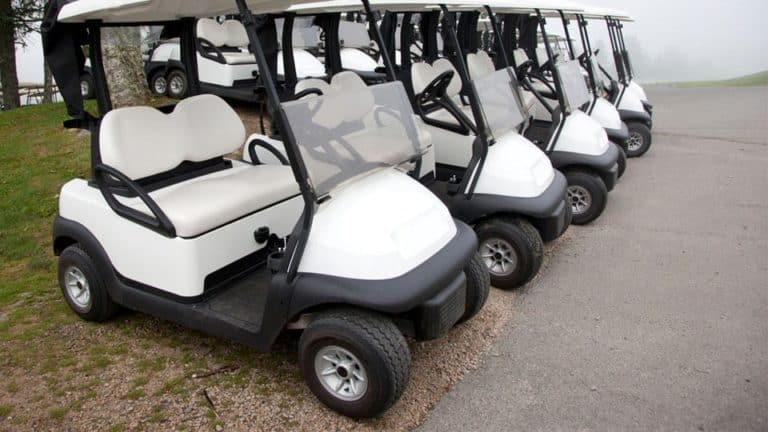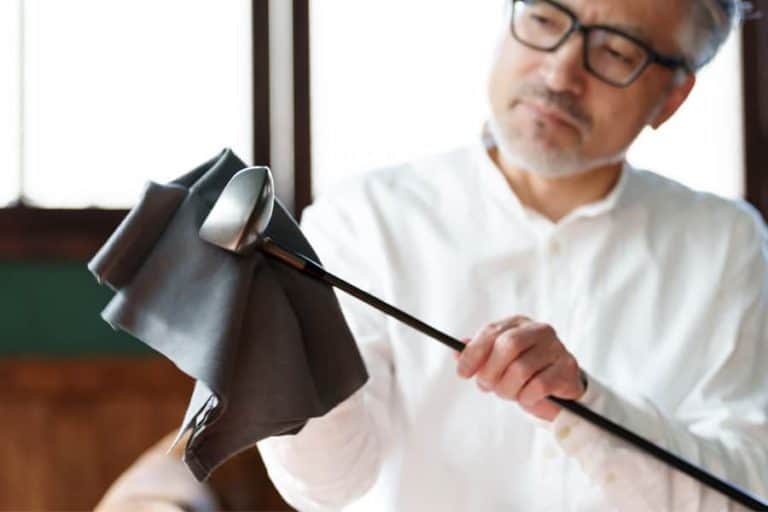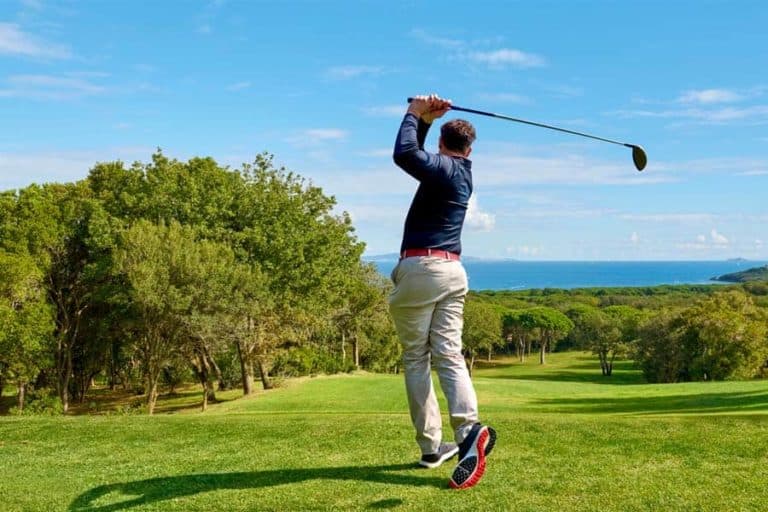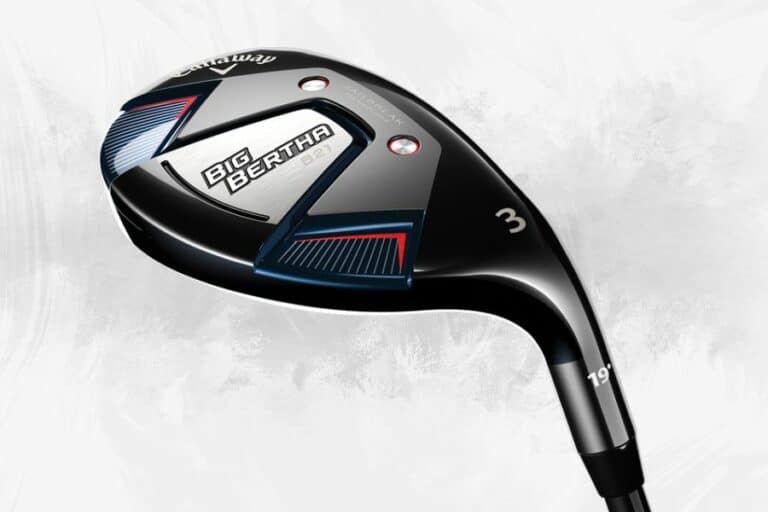The Ultimate 9 Iron Guide: Tips And Techniques To Use
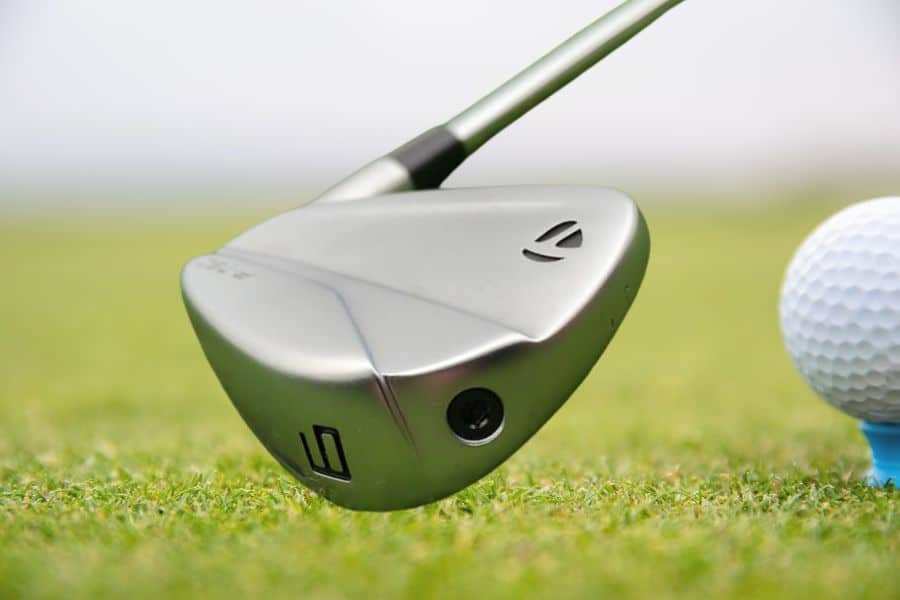
Understand the unique purpose and characteristics of a 9 iron golf club with this comprehensive guide and unlock its potential for enhancing your golf game.
When it comes to golf, every club in your bag has its unique purpose and plays a critical role in helping you achieve your desired outcome. The 9 iron is one of the most versatile and crucial golf clubs in your bag, and understanding its characteristics, usage, and limitations can take your game to the next level.
What is a 9 Iron?
The 9 iron is a short golf club that falls between the pitching wedge and the 8 iron in the set. Its length is around 35.5 inches, and its loft angle can range from 40 to 43 degrees, depending on the manufacturer.
It is often used for high-lofted shots that land softly on the green and can be customized. Additionally, it is similar to a wedge and can be used for chipping and pitching around the greens.
Its lower loft allows for easy launch and soft landings, making it useful for holding greens, and it is typically used for shots up to 120 yards on par 4s, 5s, and some par 3s.
What is the average 9 iron loft degree?
The ideal loft on a 9 iron is generally agreed to be between 41-43 degrees. However, some brands and companies release 9 irons with weaker lofts, such as the Callaway Rogue ST MAX irons with a loft of 36.5 degrees.
These variations in the loft are intended to enhance performance and reflect advancements in golf club technology. While the typical 9 iron loft remains around 41-43 degrees, golfers may find options on the market with different degrees of loft.
What is the lie angle for a 9 Iron golf club?
The standard lie angle for a 9 iron is 64 degrees, but a flatter angle of 62 degrees or a more upright angle of 66 degrees can also be used.
Getting the right lie angle is crucial as it can affect the golfer’s swing and promote pushing or pulling of the ball. The perfect lie angle is when the club’s sole arrives at impact parallel to the ground.
How far should a 9 Iron go?
Typically, 9 iron clubs are designed for short to medium-distance shots, with an average distance of around 120 yards for men golfers and around 100 yards for women golfers.
The primary purpose of using a 9 iron is to achieve a fair amount of height and a soft landing, allowing the golfer to get close to the green. Therefore, golfers should focus on accuracy, spin, and control when using a 9 iron instead of attempting to achieve maximum distance.
Specifications of 9 iron
Here is a quick glimpse of 9 iron specifications:
| Specification | Description |
| Loft | 40-43 degrees (may vary by manufacturer) |
| Length | Around 35.5 inches |
| Lie | 64 degrees |
| Average Distance | Up to 120 yards for average golfer |
| Type of club | Short Iron |
| Common Material | Steel |
How to hit a 9 iron?
To hit any golf shot correctly, it is essential to have the proper grip and stance. So, let us walk you through all the essential steps to help you achieve an accurate and controlled full-swing 9 iron shot.
Step 1: Proper Grip, Stance and Ball Position
Mastering the basic fundamentals is the essential first step. Here is how your grip, stance, and ball position for 9 irons should look like:
9 Iron Grip
When it comes to grip with a 9 iron, a neutral grip is recommended for a straighter ball flight. With its shorter length and more loft, the club face of a 9 iron is easy to square up at impact.
While an exaggerated grip can allow skilled golfers to play golf slice or hook shots, beginners or high handicappers should focus on a neutral grip.
9 Iron Stance
As 9 iron is a shorter club and does not require a strong base like a long iron or driver, you can maintain a relaxed stance. The feet should be placed slightly narrower than shoulder-width apart, and you can allow your shoulders to aim slightly left of the target.
9 Iron Ball Position
Position the ball in the middle of your stance. However, if you intend to hit a lower punch shot with your 9 iron, you may place the ball slightly back in your stance, about an inch away from the center. This adjustment can help you achieve a lower trajectory and greater control over the ball.
Step 2: Golf Swing Takeaway
The takeaway is the initial movement when you start your golf swing, and it is crucial to get it right.
For a 9 iron shot, the takeaway should begin low and slow, allowing the clubface to rotate naturally as you bring the club back.
Avoid the mistake of picking the club up steeply, as this will negatively affect your shot. Trust the loft of the 9 iron to get the ball into the air instead of trying to scoop it.
To make the takeaway easier, start with your hips turning and creating a good pivot. Doing so will set the 9 iron in the right position without too much extra effort.
Step 3: Finish your backswing properly
After setting the club on its path with the takeaway, the goal is to complete the swing with accuracy and control for a 9 iron shot.
A recommended technique is to visualize hitting a slightly longer pitch shot to ensure accuracy and stopping power.
Avoid trying to hit the ball too hard, as this can lead to a loss of control. Instead, focus on a smooth and controlled swing to maintain accuracy.
Step 4: Impact position and divot
To achieve a professional-like impact position, we should aim to compress the golf ball with our 9 iron. The first step is to be able to control where the club makes contact with the ground and takes a divot, regardless of the iron being used.
Taking a divot creates more solid contact with the ball and leads to more consistent distances with the 9 iron.
High handicap golfers often struggle with this due to fear of damaging the fairway or chunking the ball. It’s essential to overcome this fear and practice taking divots, as the difference between low and high-handicap golfers often comes down to the quality of their iron strikes.
Step 5: Finish your swing finally
To improve your swing tempo and control, it’s important to ensure a full finish when you swing through your golf shot with a 9 iron.
The 9 iron is a great club for this purpose, as its loft allows for a good distance and launch without requiring excessive power.
To achieve a full finish, you should transfer all of your weight to your left side, face your target, and have your hands finished high and up by your ear. This finish should be balanced and stable, allowing you to watch your 9 iron shot travel toward the hole and land near the pin.
By practicing this full finish, you can improve your overall golf game and accuracy with the 9 iron.
When to hit a 9 Iron?
9 iron is a versatile club and can be used in various situations. It works best for high-lofted shots that land softly on the green, such as approach and chip shots. Here are the different types of shots you can play with a 9 iron.
1. Approach shot
The 9 iron is commonly used for approach shots into the green, with the typical distance being between 110 and 140 yards depending on the player’s strength and club head speed.
Its high loft helps the ball stop on the green, and its flight angle is also high, resulting in a short rollout.
Players with a faster swing speed or backspin may even achieve spin back on their shots. Therefore, using a 9 iron for approach shots can effectively control the ball and get it to stop on the green.
2. Chipping shot
Using a 9 iron for chipping from the fringe is another effective way to utilize the club. When hitting a shorter shot like this, planning for some roll is important.
The 9 iron has between 41 and 43 degrees of loft, which is less than many other wedges, meaning that when the 9 iron chip lands on the green, it is going to roll across it.
To compensate for this, most golfers aim to hit the golf ball forward to the target, allowing it to roll the rest of the way. Chipping from the fringe with a 9 iron is typically consistent and can be a valuable skill for golfers to develop to improve their accuracy around the green.
3. Short Par 3
When playing a short par 3 within the 120 to 150-yard range, using a 9 iron can be a wise choice for your shot. However, it’s crucial to ensure that you tee the ball up correctly.
Take advantage of this opportunity and hit shots with confidence. Take aim, swing smoothly, and trust in your ability to hit a clean golf shot with your 9 iron.
You can develop consistency in your short game and improve your overall score with practice. Don’t underestimate the value of mastering the 9 iron shot on a short par 3 – it can make all the difference in your game.
Pros and cons of 9 iron
The 9 irons offer great versatility, accuracy, and control in various situations. However, they also have some drawbacks.
Pros Of 9 Iron
Cons Of 9 Iron
Tips for selecting the right 9 iron
Choosing the right 9 iron golf club can make all the difference when it comes to your performance on the golf course. Here are some tips for selecting the right 9 iron:
- Consider the loft angle: The loft angle of a 9 iron can vary depending on the manufacturer and the model. Choosing the right loft angle is important in order to get the most out of your 9 iron for high and low-lofted shots.
- Determine the playing conditions: Different playing conditions can affect the performance of your 9 iron. If you frequently play on courses with high wind conditions, a 9 iron with a lower loft angle may be more suitable. On the other hand, if you play on courses with softer greens, a 9 iron with a higher loft angle may be better suited.
- Check the distance: The distance you can achieve with a 9 iron can vary depending on the loft angle, clubhead design, and other factors. So, keep the desired distance in mind before selecting a 9 iron.
- Consider forgiving irons: Forgiving 9 irons are designed to generate more distance and accuracy, even when you don’t hit the ball perfectly. So, you can start with a forgiving 9 iron and work your way up to more advanced models as you improve your skills.
9 Iron vs. Pitching wedge
Two golf clubs that many golfers may sometimes confuse are the 9 iron and pitching wedge due to their similar appearance, but it’s important to understand that each club has a unique purpose on the course.
The 9 iron is ideal for shorter shots that require a lot of loft. These clubs are typically longer with a shorter shaft. In contrast, the pitching wedge is slightly shorter, measuring around 35 inches, and has more loft than the 9 iron.
Despite the differences, both clubs can be used for similar distances. The pitching wedge generally provides more height due to its stronger loft, while the 9 iron offers less height with a weaker loft.
However, the choice between the two clubs ultimately depends on personal preference and the specific situation on the course.
Can 9 Iron replace pitching wedge?
While using a 9 iron instead of a pitching wedge is possible, it may not be the best choice in every situation.
Using a 9 iron instead of a pw could result in a lower ball trajectory, which may not be ideal for shots that require a higher loft, such as getting the ball up quickly from a bunker.
Does a 7 Or 9 Iron go further?
Typically, a 7 iron will hit the ball further than a 9 iron due to its lower loft. The average distance for a 7 iron is around 145 yards for an average golfer, while a 9 iron has a stronger loft and is typically hit for a distance of around 120 yards. However, actual distances may vary depending on the golfer’s skill level.
3-Iron and 9 iron: What’s the difference?
The 3-iron is challenging to use due to its longer shaft and smaller club head, making it ideal for low-flying, long-distance shots.
The 9 iron, in contrast, is perfect for short shots requiring a lot of loft. Both clubs have their distinct purposes and techniques.
Conclusion
The 9 iron is a versatile club that can be used in a variety of situations on the golf course. It offers precision and control, which are essential skills for any golfer to master. So, the next time you pack your golf bag, make sure to have your 9 iron in it and give it a try on the course. With practice and patience, you’ll soon be hitting accurate and powerful shots with this fantastic club.
FAQs
Should I use a Hybrid or a 9 Iron?
A hybrid is recommended when hitting shots over 180 yards as it provides more distance than a 9-iron. Though many golfers find it easier to hit consistently with a hybrid, some still prefer the control of a 9-iron.
Is it hard to hit a 9 Iron?
For most golfers, the 9 iron can be one of the easiest clubs to hit due to its shorter shaft and higher loft. However, it can vary depending on a golfer’s skill level and technique.
What is the fairway wood equivalent of the 9 Iron?
It’s difficult to compare a fairway wood and an iron, as they are designed for different purposes and have different characteristics. However, a 5-wood or 7-wood may be a good equivalent for the 9 iron in terms of distance and loft.



